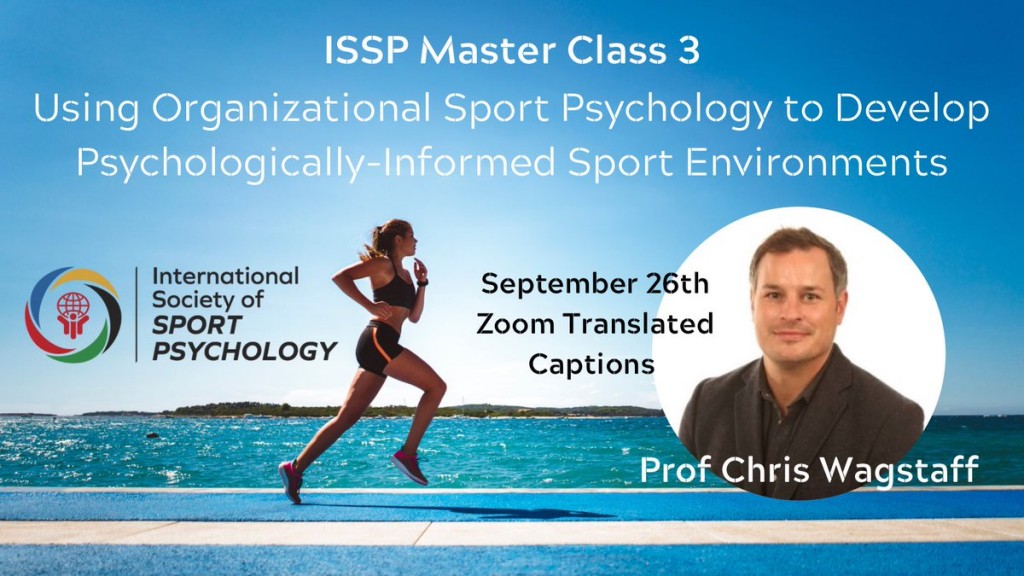In an age when one must be “always on,” athletes represent a type of population to which this rule fully applies. The issue is that with this type of life setting it is not at all easy to find a balance between competitive demands and personal well-being.
Therefore, it is important for those pursuing a career in sports to find a way of life in which mental breaks are present in order to be able to continue to improve their ability to do quality work and sustain their well-being.
But the most compelling reason for taking a brain break is that it may improve your ability to do quality work. A 2022 systematic review found that even short breaks lasting 10 minutes or less reduced mental fatigue and increased vigor (meaning the willingness to persist when work became difficult).
These breaks especially improved performance on tasks requiring creativity.
The concept of micro-breaks originates in the ergonomics literature, defined as scheduled rests that individuals take to prevent the onset or progression of physical symptoms, such as musculoskeletal pain or discomfort. In the organizational literature, this concept was introduced as a brief resource-replenishing strategy, taken informally between work tasks.
Micro-breaks can be seen as natural reactions of the cognitive system to a possible cognitive overload that could affect performance.
In terms of specific outcomes, there are two individual-level components of well-being relevant for recovery: vigor (a pleasant activation) and fatigue (unpleasant deactivation). For the athletes, vigor is an intrinsic resource that must be replenished when exhausted. Vigor contributes to the willingness to invest effort into the tasks at hand and persist when difficulties arise.
Performance represents another key outcome on which micro-breaks are considered to have an impact. It is well known that cognitive and motivational factors are the main determinants of human performance. Breaks can improve task performance through beneficial resource-strain, cognitive, affective, and motivational mechanisms. Breaks are essential for performance on tasks requiring continuous attention, suggesting that the vigilance sensitivity decrement is influenced by the frequent use of cognitive resources.





